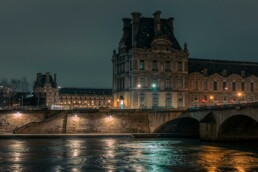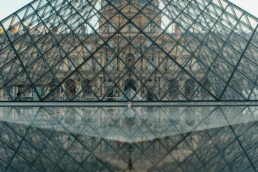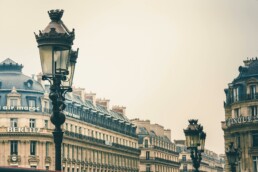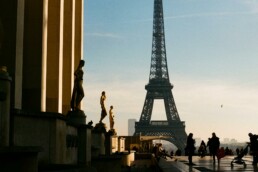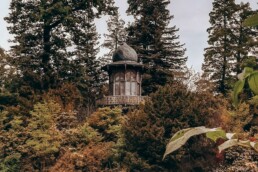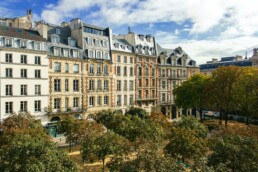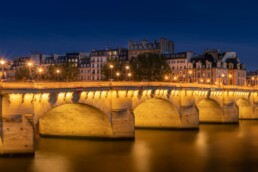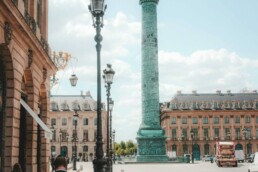At the foot of Montmartre, where the streets of Paris blend with laughter and the whispers of poets, stands a monument of nocturnal effervescence: the Moulin Rouge. Founded in 1889 by Joseph Oller and Charles Zidler, this cabaret quickly became the temple of celebration and carefree abandon, a place where modernity and tradition intertwined in a dizzying waltz.
I remember my first walks around the Moulin Rouge, those moments when, with a pounding heart, I discovered the scarlet facade dominated by its iconic windmill. The sparkling lights, the colorful posters, all of it invited an enchanted interlude, an escape from the everyday. Passersby, hypnotized by the promises of daring spectacles, allowed themselves to be swept up in a whirlwind of joy and freedom.
The Moulin Rouge is the birthplace of the French Cancan, that wild dance with acrobatic movements and rustling petticoats. The dancers, known as “chahuteuses,” with their radiant smiles and endless legs, became the icons of this new form of entertainment. It is said that on the night of the inauguration, the dancer La Goulue, whose real name was Louise Weber, performed a Cancan so wild that the astonished spectators dubbed her the “Queen of the Cancan.” Her audacity and energy embodied the very spirit of the Moulin Rouge.
Ah, the anecdotes that swirl around those nights of revelry! It is said that Toulouse-Lautrec, the bohemian painter, was a regular at the Moulin Rouge. He would sit in a corner of the room, sketchbook in hand, capturing the vibrant scenes of Parisian nightlife. His posters, immortalizing the dancers and artists, contributed to the cabaret’s fame. One of his most famous works, depicting La Goulue and Valentin le Désossé, became the emblem of the Moulin Rouge and adorned its walls for many years.
Evenings at the Moulin Rouge were also the occasion for improbable and memorable encounters. One night, as a storm broke over Paris, a power outage plunged the cabaret into darkness. The artists and guests, far from being disheartened, improvised a candle-lit party. The singer Yvette Guilbert sang popular songs, accompanied on the piano by a young unknown musician. This young man, who later turned out to be Erik Satie, charmed the audience with his talent and spontaneity. That evening remained etched in memories as a moment of pure magic and camaraderie.
The Moulin Rouge, with its perpetual festive atmosphere, traversed the ages by adapting to tastes and trends. From the roaring twenties to the wild nights of the post-war era, it remained a beacon of Parisian nightlife. The greatest artists performed there, from Mistinguett to Édith Piaf, from Joséphine Baker to Charles Trenet, each adding their personal touch to the legend of the cabaret.
Even today, the Moulin Rouge continues to make dreams come true. Its shows, blending tradition and modernity, attract visitors from around the world, eager to taste the very essence of Paris. The feathers, sequins, and glitter still shine under the spotlight, reminding everyone that in this mythical place, celebration and freedom reign supreme.
Thus, the Moulin Rouge is not just a cabaret. It is a symbol of the Parisian soul, a place where every evening is a celebration of life, art, and freedom. Leaving its doors, heart filled with music and memories, one carries away a fragment of this timeless magic, a spark of that inimitable joy that makes Paris the city of lights and dreams.
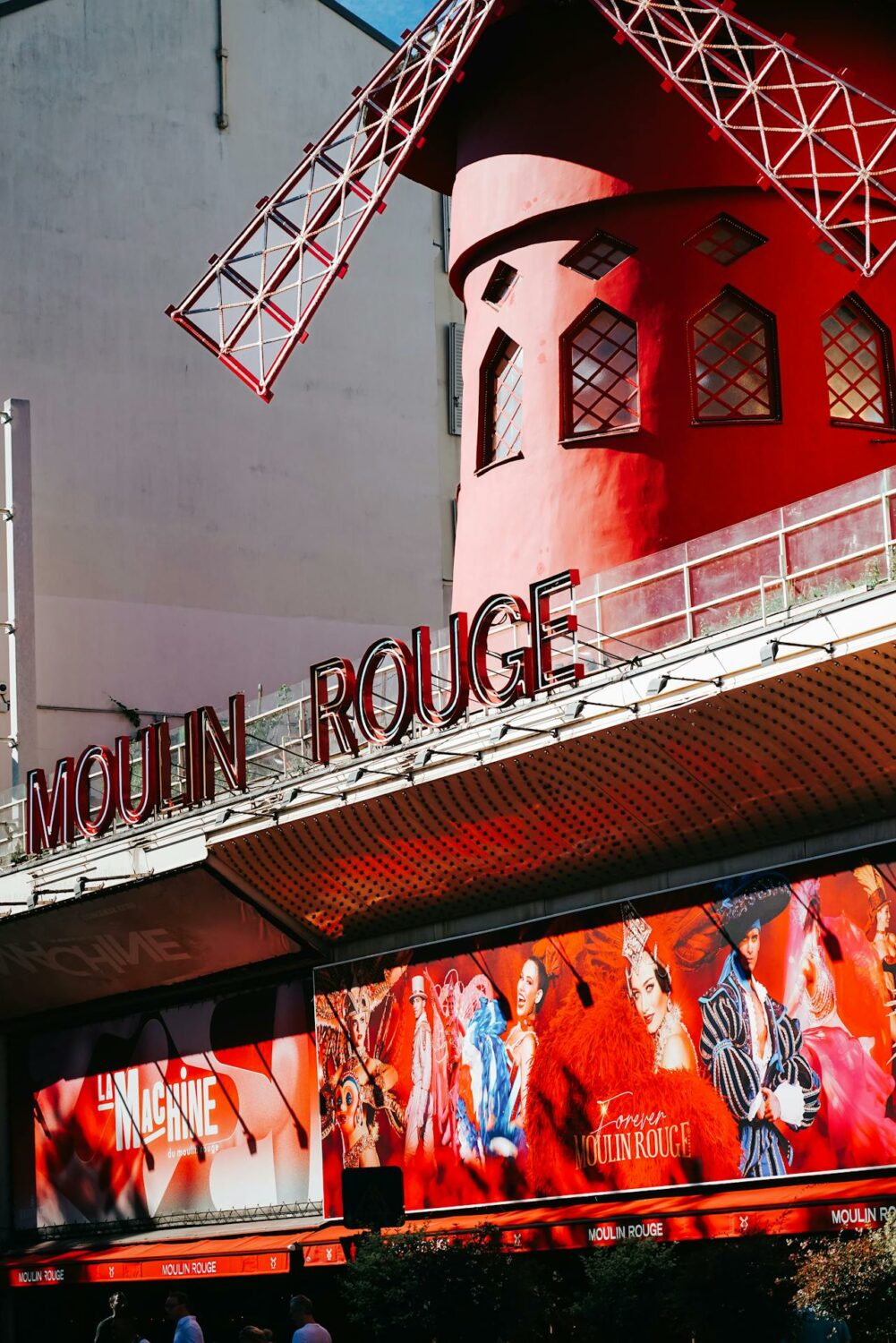
Lire également :
7 November 2024
The Louvre: Between Fortress and Patronage
5 November 2024
The Louvre Pyramid: Symbol of Architectural Boldness
5 November 2024
Baron Haussmann: Architect of Parisian Metamorphosis
5 November 2024
The History of the Trocadéro: A Parisian Memory
5 November 2024
The History of the Bois de Boulogne: A Parisian Reminiscence
5 November 2024
The History of Place Dauphine: A Parisian Evocation
5 November 2024
The History of the Pont Neuf: A Parisian Reminiscence
21 January 2017




